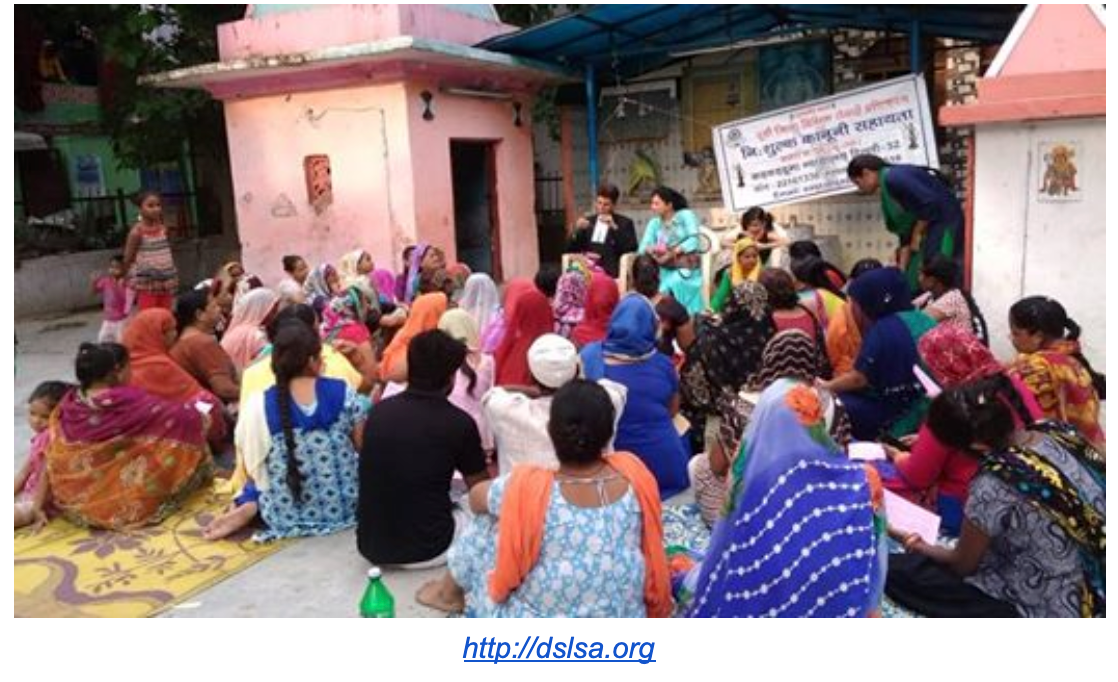“The great Indian wedding is succumbing to the great Indian divorce”.
Perhaps it’s true in India, marriage is one of the most sacramental and ritualistic bonds of the couple and talking about divorce was still unknown to the Hindu law because marriage was considered as an indissoluble union of the husband and wife. There was no term “divorce” was considered before the independence of India. Nowadays, the age of feminism came, women claim equal status with men and devote more time on politics, law, literature and philosophy to earn the opportunity successfully in future. “Housekeeping and husband’s welfare or care of children are no means the only or even paramount concern of the modern woman.”
In India, divorce laws are divided into three theories: divorce fault theory, mutual consent theory and irretrievable breakdown of marriage theory. In mutual consent theory, the divorce laws are only supported with mutual consent of both the parties under section 13 of the Hindu Marriage Act, 1955. Since two partners can marry by their free will, so they should be allowed to divorce or move out of the relationship of their own free will. In another way, any one party may seek a divorce from the other party, section 13 (2) of the HMA will be applied. Section 13(2) of the Hindu Marriage Act explains “without mutual consent where one of the parties seeks a divorce on various grounds.” And here grounds represent adultery, cruelty, conversion, desertion, mental disorder and so on.
However, in Hindu Law, it’s has been recognized nine fault grounds in Section 13(1), where either one of the two partners could sue for divorce, and Section 13(2), where it is only applied to a wife who could alone seek the divorce.
The different grounds on which a decree of divorce can be obtained are given as:
Adultery– In India, adultery is considered a criminal offence. If one of the spouses commit adultery, then another party has a right to dissolve their marriage. But in adultery, there must be voluntary and consensual sexual intercourse between the married spouse and another person, whether married or unmarried, must be of the opposite sex. There is a clear definition of adultery that it is a matrimonial offence under Indian laws, and it has been cleared in judgments of case Swapana Ghose v. Sadanand Ghose, where the wife found her husband and unmarried girl lying on bed at night, and the same evidence was given by neighbours to prove adultery. In another way, adultery offence may be proved by contracting a venereal disease or circumstantial offence.
Cruelty: Such instances of cruelty comes whether one of the spouses give false accusation of adultery or unchastity towards another spouse, sometimes husband demands a high amount of dowry, refusal to have sexual intercourse to have children, or found to be impotent and incompatibility of temperament. These ingredients have been found in Mehta v. Mehta.
Desertion: Basically, it means the rejection by one spouse, or abandon without any specific reason, and without the consent of the other spouse. The marriage leads to the total repudiation of marriage obligation.
Insanity: In this case, the respondent is found to be the unsound mind or has been suffering intermittently from a mental disorder.
Conversion: if either party has ceased to be Hindu by conversion to any other religion, for example, Islam, Christianity, Judaism, a divorce can be granted for sure to other parties.
There are other grounds like leprosy, venereal disease, renunciation and presumption of death of either party. However, there is no provision under the HMA or the SMA “for granting a divorce as a result of the irreconcilable breakdown of the marriage or without mutual consent in the absence of fault or special circumstances.”
To obtain a divorce party may reach to any regular court or family courts, but the divorce procedure differs from situation to situation depending on the nature of matrimonial cases, they also look after children born out of wedlock, consent of the partners, religion etc. Sometimes it’s better to select an experienced lawyer which could particularly deal with more specific issues.
References
- POPULATION AND DEVELOPMENT REVIEW 42(2): 195-223 (JUNE 2016).
- R. Naga Raja Sarma, International Journal of ethics Vol.41, No.3 (1931).
- Swapana Ghose v. Sadanand Ghose AIR 1979 Cal 1.
- Mehta v. Mehta AIR 2002 SC 2528.
- Premchand Dommaraju, Divorce and Separation- Population and Development Review Vol.42, No.2 (2016).


